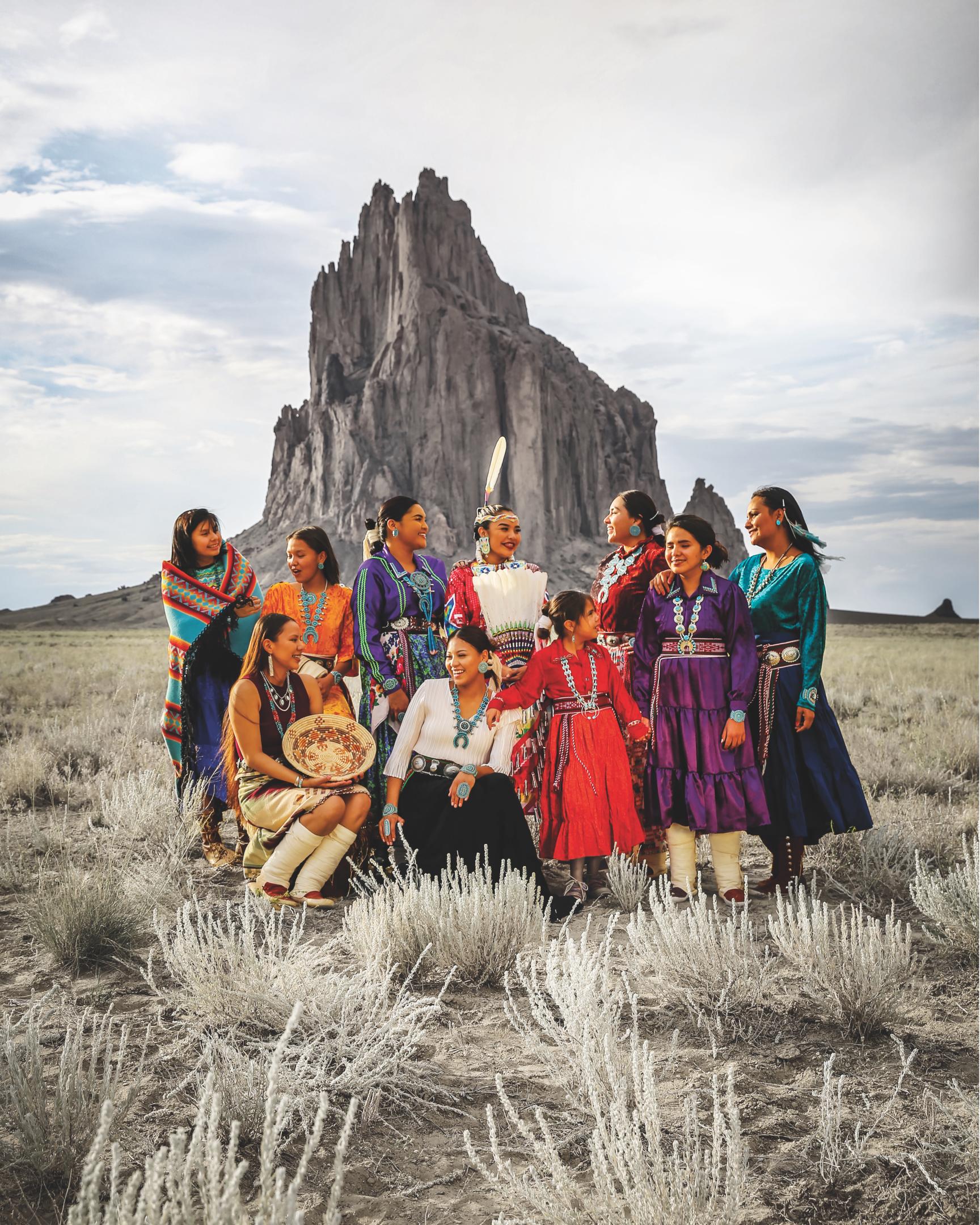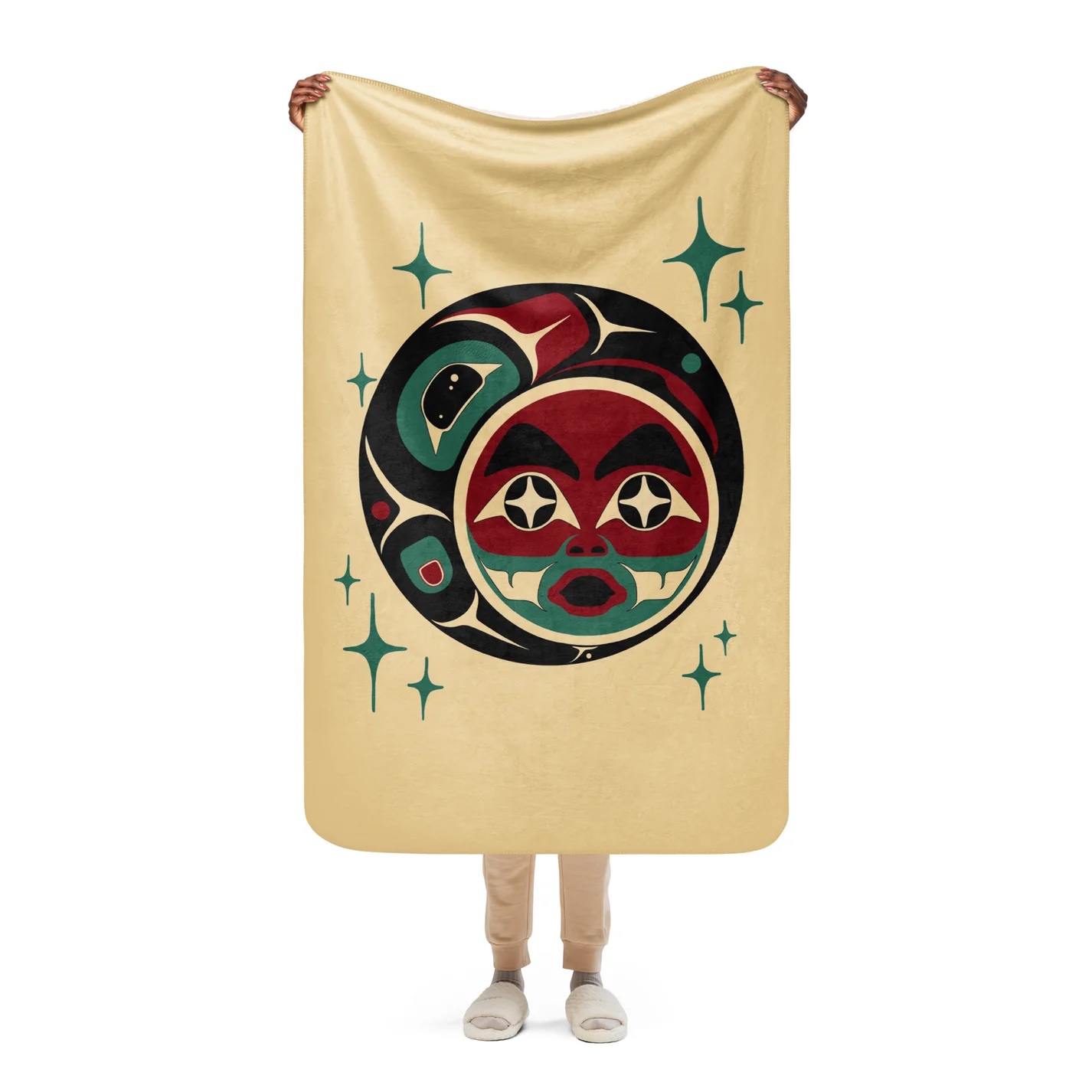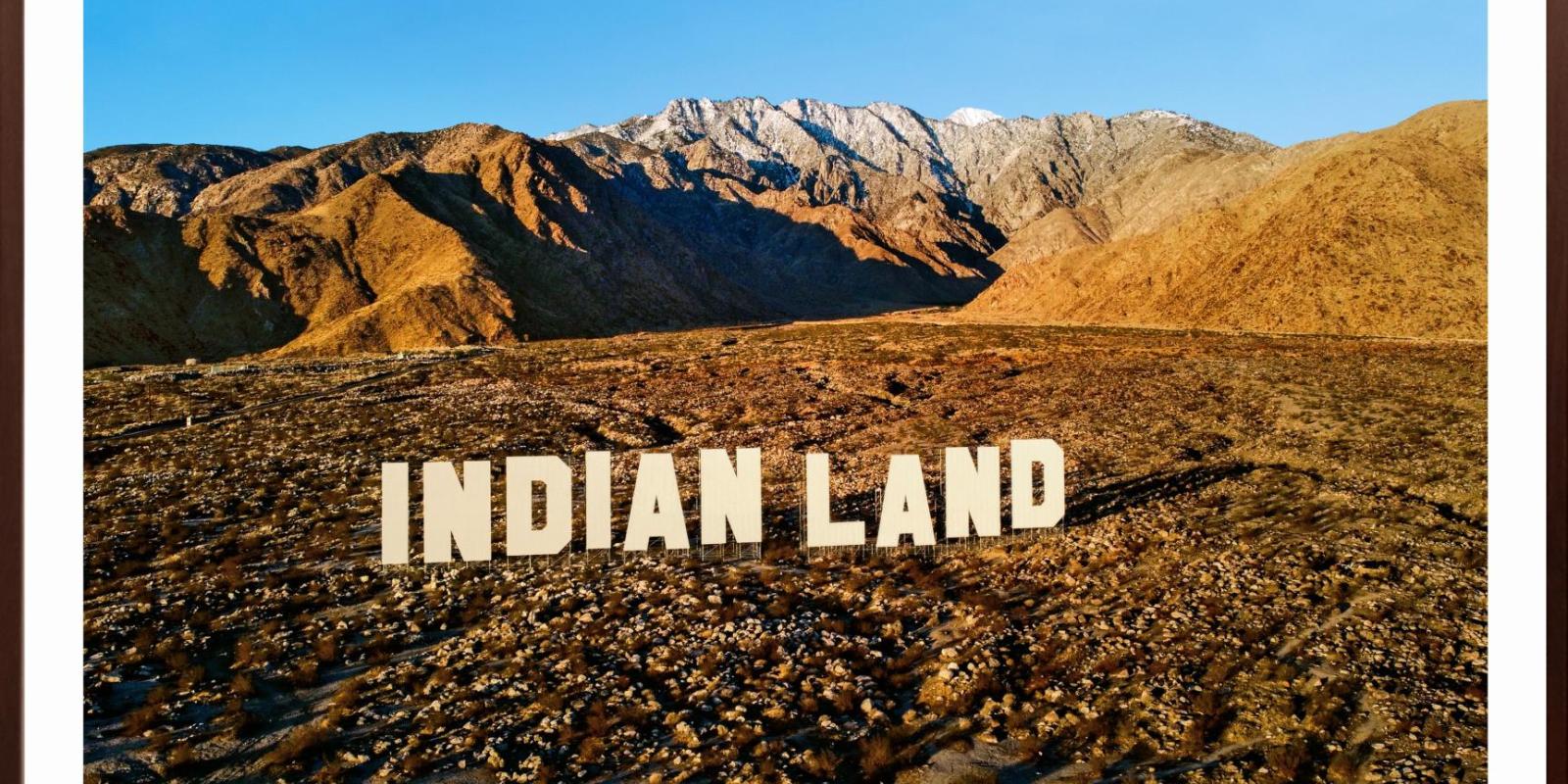Indigenous Artists Across Turtle Island - 360

Nicholas Galanin (Tlingit)
The landscape of contemporary Indigenous art in North America represents a vibrant intersection of traditional practices and modern expression. This dynamic is powerfully illustrated in the groundbreaking exhibition "Indigenous Identities: Here, Now & Always," curated by Jaune Quick-to-See Smith, a distinguished member of the Confederated Salish and Kootenai Nation. The exhibition, featuring 97 living artists from 74 Indigenous nations, showcases the breadth and depth of contemporary Native American artistic expression across multiple media, from traditional forms to cutting-edge installations.
Quick-to-See Smith, whose curatorial vision has shaped over 30 major exhibitions, including the landmark "The Land Carries Our Ancestors: Contemporary Art by Native Americans" at the National Gallery of Art (2023), has assembled a collection that speaks to both historical trauma and contemporary resilience. The exhibition's 103 works, created within the past fifty years, address crucial themes including land sovereignty, cultural preservation, language recovery, and Indigenous visibility.
Established Artists Passing the Torch
Robert Davidson, a respected Haida artist, exemplifies the vital role of cultural preservation and innovation. Through his sculpture, printmaking, and painting, Davidson has been instrumental in revitalizing Haida art forms for contemporary audiences. His work serves as a bridge between traditional practices and modern expression.
Similarly, Susan Point's work in Coast Salish traditions has transformed understanding of Indigenous art in the region. Her masterful handling of multiple media - from printmaking to glass sculpture and wood carving - demonstrates how traditional Coast Salish design elements can be reinterpreted for contemporary contexts.
Lawrence Paul Yuxweluptun (Coast Salish/Okanagan) brings a powerful political dimension to his work through surrealist paintings that confront colonialism and Indigenous issues. His bold style combines traditional Northwest Coast design elements with contemporary surrealist techniques to create striking commentary on environmental and social justice issues.
Innovation in Traditional Media
Within the broader context of Indigenous art in North America, the Pacific Northwest stands as a particularly rich center of artistic innovation. The region's artists have been instrumental in preserving and reinventing traditional forms while engaging with contemporary issues and techniques.
Preston Singletary's groundbreaking work in glass sculpture demonstrates the potential for traditional Tlingit designs to be transformed through contemporary materials. His pieces maintain cultural integrity while pushing the boundaries of what's possible in glass art.
Beau Dick's mask-making practice represented a direct connection to ceremonial traditions while incorporating contemporary elements. His work as a Kwakwaka'wakw artist helped maintain vital cultural practices while creating pieces that spoke to modern audiences.
Emerging Voices and New Media
The younger generation of Pacific Northwest Indigenous artists is particularly adept at bridging traditional and contemporary forms. Corey Bulpitt's work as a Haida artist exemplifies this synthesis, blending traditional Haida art with urban street art techniques. His graffiti-inspired pieces bring Indigenous artistic expression into contemporary urban contexts.
Bracken Hanuse Corlett (Wuikinuxv/Klahoose) explores new territories through digital media, painting, and performance. His multimedia installations and live performances demonstrate how traditional stories and symbols can be reimagined through contemporary technology.
Textile Arts and Traditional Crafts
Jaad Kuujus (Meghann O'Brien), of Haida and Kwakwaka'wakw heritage, represents a vital connection to traditional practices through her work in weaving and textiles. Her dedication to revitalizing traditional weaving techniques ensures these ancient practices remain relevant and vibrant in the contemporary art world.

Contemporary Themes and Future Directions
The convergence of traditional and contemporary approaches in Indigenous art reflects broader themes of cultural resilience and adaptation. Artists like Sonny Assu (Ligwilda'xw of the Kwakwaka'wakw Nations) demonstrate this through work that blends Indigenous iconography with pop culture references, creating dialogue between traditional and contemporary cultural expressions.
The success of exhibitions like "Indigenous Identities: Here, Now & Always" highlights the growing recognition of Indigenous artists in major art institutions. This increased visibility, combined with the continuing strength of regional artistic traditions as seen in the Pacific Northwest, suggests a bright future for Indigenous art in North America.
This vibrant artistic landscape, from regional masters to emerging talents, demonstrates the ongoing vitality of Indigenous artistic expression. Whether working in traditional media or exploring new technologies, these artists maintain connections to their cultural heritage while engaging with contemporary issues and audiences.
Support for Indigenous art exhibitions and programs continues through various institutions and foundations, including the National Endowment for the Arts, as well as regional and tribal organizations committed to preserving and promoting Indigenous artistic expression.
